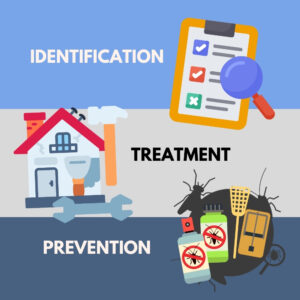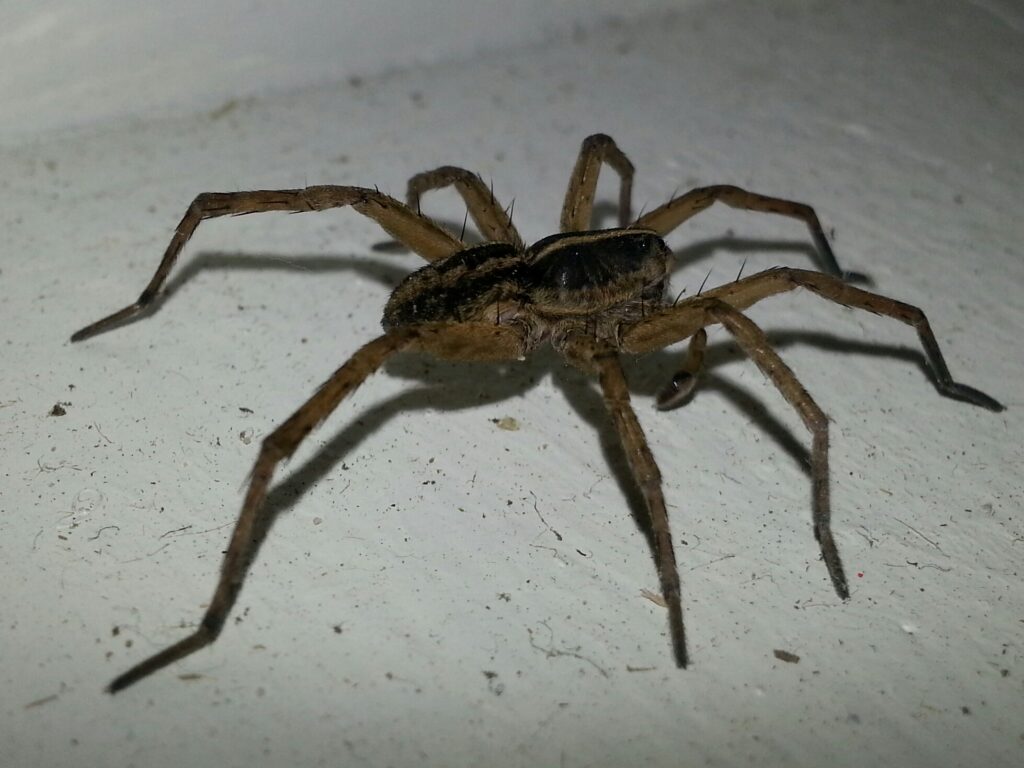 As the warmth of summer gives way to the crisp air of autumn, nature undergoes a remarkable transformation. Among the many changes, one subtle yet significant shift involves the activity of carpenter ants. These big black ants, often seeking shelter as temperatures drop, become especially active in the fall, making it a crucial time for homeowners to be vigilant. Unlike other ants, carpenter ants don't just forage for food; they can cause considerable damage to wooden structures as they carve out nests for their colonies.
Understanding the behaviour of carpenter ants in the fall and knowing how to prepare against them is essential for effective insect control. As the ants search for suitable nesting sites, often within the cozy confines of homes, preventive measures can save you from costly repairs. Truly, Nolen, with their expertise in carpenter ant control and prevention, offers invaluable insights and services to keep your home ant-free.
In the following sections, we'll dive deeper into the seasonal habits of carpenter ants, the potential risks they pose, and practical steps you can take to fortify your home against infestation. Prepare to explore strategic methods for keeping these insects at bay and ensuring your home remains a safe haven throughout the fall.
As the warmth of summer gives way to the crisp air of autumn, nature undergoes a remarkable transformation. Among the many changes, one subtle yet significant shift involves the activity of carpenter ants. These big black ants, often seeking shelter as temperatures drop, become especially active in the fall, making it a crucial time for homeowners to be vigilant. Unlike other ants, carpenter ants don't just forage for food; they can cause considerable damage to wooden structures as they carve out nests for their colonies.
Understanding the behaviour of carpenter ants in the fall and knowing how to prepare against them is essential for effective insect control. As the ants search for suitable nesting sites, often within the cozy confines of homes, preventive measures can save you from costly repairs. Truly, Nolen, with their expertise in carpenter ant control and prevention, offers invaluable insights and services to keep your home ant-free.
In the following sections, we'll dive deeper into the seasonal habits of carpenter ants, the potential risks they pose, and practical steps you can take to fortify your home against infestation. Prepare to explore strategic methods for keeping these insects at bay and ensuring your home remains a safe haven throughout the fall.
Carpenter Ants In The Fall
In the fall, carpenter ants' behaviour changes significantly. Unlike other times of the year, these pests begin to prepare for the cold months ahead. During this transitional period, the life cycle of carpenter ants sees a shift in activity. Carpenter ants go through distinct stages, from eggs to larvae, pupae, and finally, adults. As temperatures drop, you might notice fewer ants foraging outside. That's because they adjust their routines, focusing instead on finding and securing their nests. This preparation involves changes in their feeding and nesting habits. They tend to seek out warm, moist environments within your home, making your property more susceptible to infestations during the colder months.Signs of Carpenter Ant Activity in the Fall
As the seasons change, it's important to be aware of the signs that can indicate the presence of carpenter ants in your home. One of the most evident indicators is the appearance of big, black ants, especially within your living spaces. If you spot these large ants indoors, it's a signal that they might be nesting nearby. Another telltale sign is the presence of frass, which looks like sawdust, near wooden structures. Frass results from the ants' excavation activities as they carve out their nests inside wood, and its appearance around baseboards, window sills, or other wooden areas should raise a red flag. You might also notice rustling within walls or hollow-sounding wood, indicating that these pests are tunnelling through your house's wooden framework. Identifying a nest early on is crucial for preventing damage and ensuring effective control. Carpenter ants prefer to build their nests in moist, decayed wood, often found in areas like your attic, basement, or around leaky pipes and windows. Regularly inspecting these areas for signs of nesting can help catch an infestation early. By recognizing these warning signs, we can take timely action to protect our homes.Handling Carpenter Ants On Your Own
When handling carpenter ants on your own, there are several potential risks and limitations. Many homeowners may attempt DIY methods, thinking they'll save time and money, but these attempts can often be more harmful than helpful. One major issue is the failure to eradicate the queen and colony completely. Without targeting the queen, the colony can rapidly rebuild, negating any initial success and leading to a persistent infestation. Furthermore, DIY methods may not always address the root cause of the problem. Store-bought insecticides and traps might eliminate visible ants but often fail to reach deeper nesting sites. This incomplete approach can result in ongoing structural damage to your home, as the remaining ants continue their destructive activities. Additionally, improper use of chemicals can pose health risks to you and your family, making professional intervention a safer and more effective solution. Turning to professional pest control services offers significant advantages. Experts possess the knowledge, tools, and techniques necessary to locate and completely eliminate the colonies. They can identify the specific conditions that attract these pests and implement long-term solutions that go beyond temporary fixes. By opting for professional services, you ensure a comprehensive and lasting solution to your ant problem.Our Professional Carpenter Ant Control Strategies
At Truly Nolen, we adopt a meticulous and thorough approach to ensure your home is free from ant intrusions. Our strategy encompasses identification, treatment, and ongoing prevention, meticulously tailored to address each unique infestation scenario. We provide an effective shield against these unwelcome guests by leveraging advanced tools and proven methods.
- Identification
Our process begins with a detailed inspection of your property. Our trained professionals assess both the interior and exterior, paying close attention to areas prone to moisture and decay. Utilizing state-of-the-art detection technologies, we pinpoint the exact locations of ant colonies which are often hidden away from plain sight.
- Treatment
After accurately identifying the problem areas, we implement a targeted treatment plan designed for maximum impact and minimal disruption to your household. Our experts deploy environmentally responsible treatments that not only address the immediate issue but also prevent reoccurrence. These treatments penetrate deep into nesting sites, ensuring a comprehensive solution that tackles the problem at its core.
- Prevention
Prevention is a critical aspect of our strategy. Following the treatment phase, we provide practical advice and implement preventive measures to protect your home year-round. Our professionals will seal entry points, eliminate conducive conditions, and offer maintenance treatments to provide you with lasting peace of mind.
Preparing Your Home for Fall to Prevent Ants
As the temperatures drop, it's crucial to take proactive steps to protect your home from potential infestations. Here are some actionable tips to make your property less attractive to pests, focusing primarily on moisture control, sealing entry points, and removing decaying wood.- Control Moisture: Ensure that there are no leaks around your home. Fix dripping faucets, leaking pipes, and ensure proper drainage in your yard. Use dehumidifiers in damp areas like the basement and attic to keep humidity levels low.
- Seal Entry Points: Examine your home's exterior for gaps, cracks, and holes that could serve as entryways. Seal these with caulk or other suitable materials. Pay special attention to areas around windows, doors, and utility conduits.
- Remove Decaying Wood: Regularly inspect and remove any decaying wood from around your property. Replace any rotting wood in structures and ensure that firewood is stored at least 20 feet away from your home.

